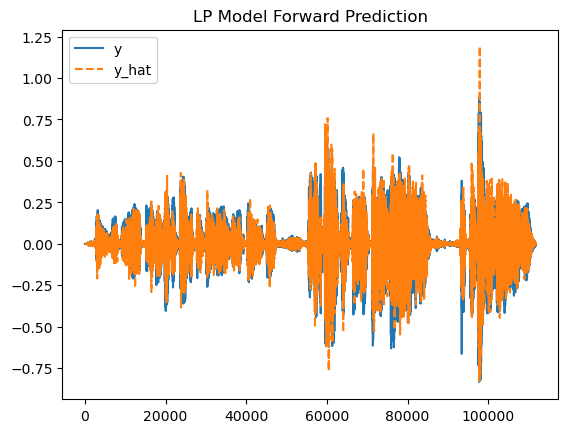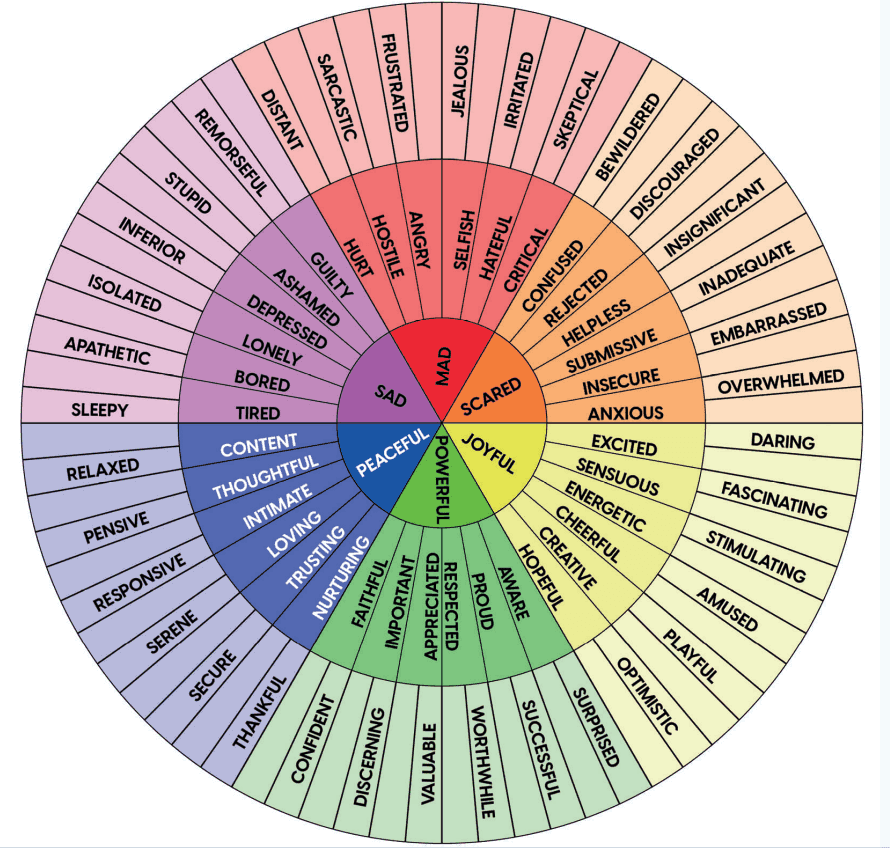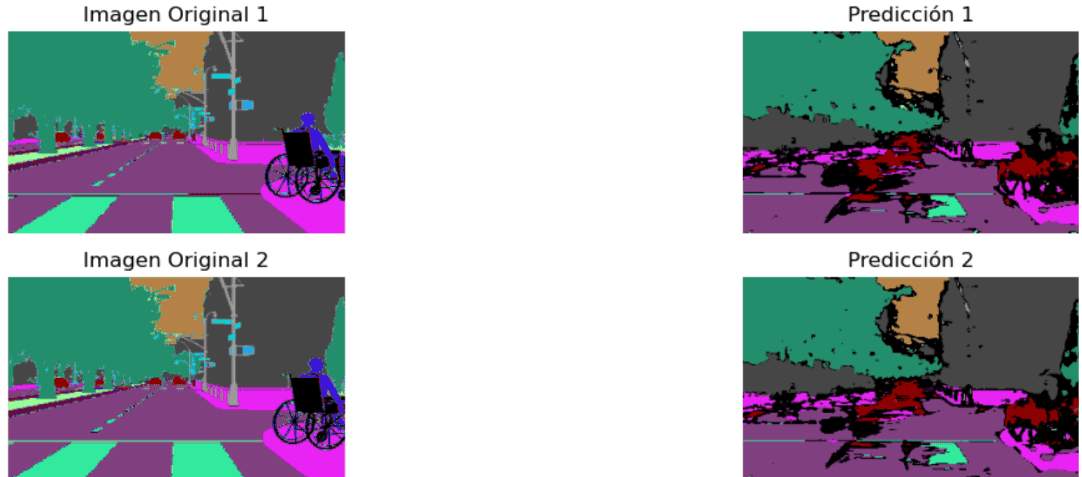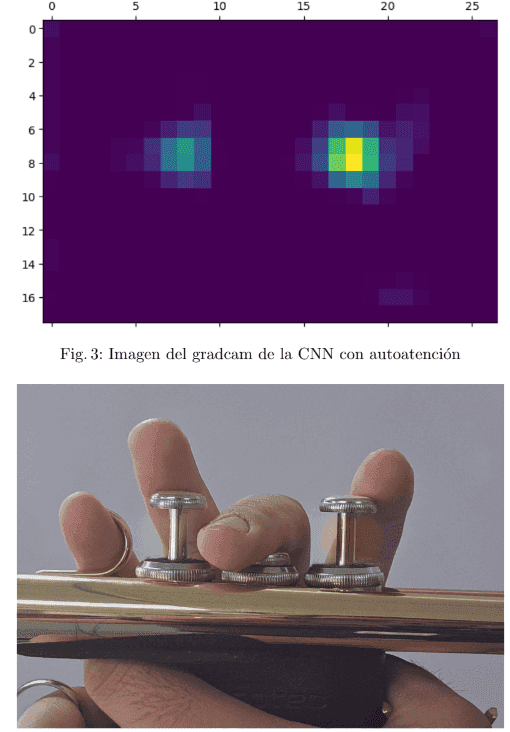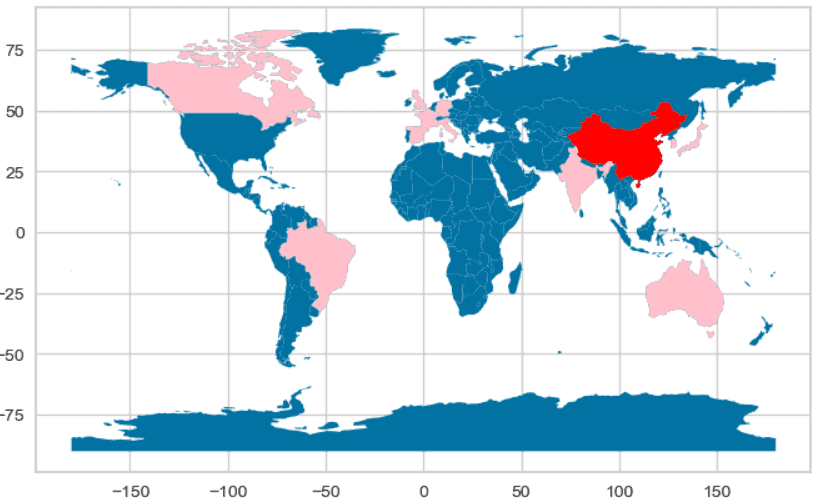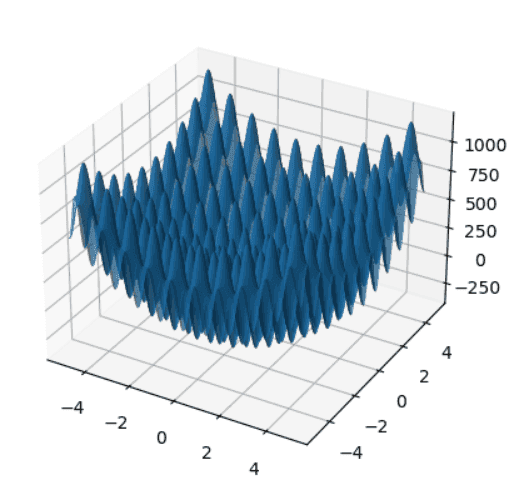
Bioinformatics Solutions
This repository contains the use of bioinformatics algorithms such as DE, PSO, GE, ACO to solve NP-Complete and NP-hard problems, improving their temporal and spatial complexity by 85% using metaheuristics.
This repository contains the use of bioinformatics algorithms such as DE, PSO, GE, ACO to solve NP-Complete and NP-hard problems, improving their temporal and spatial complexity by 85% using metaheuristics.
Solved the Sudoku game using a genetic algorithm, contrasting it with a backtracking solution for the Sudoku game. In this case, the deterministic solution was more efficient due to the size of the Sudoku. However, it proves to be 100 times more effective when applied to Sudokus of varying sizes. This enhancement resulted in an 88% improvement in time and space complexity..
A voice vectorizer for the field of Automatic Speech Recognition (ASR) based on the key components of the MFCC (Mel-Frequency Cepstral Coefficients) process. The vectorizer extracts relevant features from an audio signal suitable for identifying meaningful content while discarding less valuable information, such as background noise, emotions, volume, pitch, and other extraneous factors.
A sentiment analysis of tweets in Spanish obtained through a web scraper, utilizing various vectorization methods such as TF-IDF, Bag of Words (BoW), covariate analysis, and neural embeddings to classify tweets as positive, negative, or neutral.
This project centered on the design and implementation of a U-Net neural network for the segmentation of objects in images from the SYNTHIA dataset, which is widely used in autonomous driving research. The architecture was tailored to capture fine-grained details and spatial relationships within the images, allowing for precise identification and segmentation of objects such as vehicles, pedestrians, and traffic signs. Techniques like data augmentation, multi-scale feature extraction, and loss function optimization were applied to enhance model performance. The project achieved competitive results and demonstrated the potential of U-Net architectures for real-world applications in computer vision.
This project developed a convolutional neural network (CNN) designed to analyze hand postures in trumpet playing. The model integrated self-attention mechanisms to enhance feature extraction and focused on distinguishing subtle hand movements critical for proper technique. Data augmentation was extensively used to address variability in lighting, angles, and hand positions. The project aimed to assist music educators and students by providing automated feedback on technique, paving the way for intelligent tools in music education. Performance was evaluated on a custom dataset with promising results in accuracy and generalization.
The "GDP and CO2 Emissions" project aims to establish a correlation between a country's Gross Domestic Product (GDP) and its CO2 emissions. By utilizing real-world data obtained from the World Bank's API, this project provides valuable insights into the economic and environmental balance of each country. The main objective of this project is to analyze the relationship between GDP and CO2 emissions, highlighting the impact of economic activities on carbon emissions. By studying the data, we can gain a better understanding of how economic growth and environmental sustainability intersect.
This project involved the fine-tuning of the GPT-2 language model using LoRA (Low-Rank Adaptation) for the classification of emails into spam or non-spam categories. The fine-tuning process leveraged LoRA's parameter-efficient technique to adapt the pre-trained GPT-2 model to the specific task while minimizing computational and memory overhead. A dataset of labeled emails was preprocessed to ensure the extraction of key features such as subject lines, sender details, and message content. The model was trained to identify patterns and contextual cues indicative of spam behavior, such as phishing attempts, promotional content, and suspicious links. Evaluation metrics, including accuracy, precision, recall, and F1-score, were used to assess the model's performance. The project demonstrated the effectiveness of LoRA in adapting large language models for domain-specific tasks while preserving generalization capabilities. The fine-tuned model offers potential applications in email security systems, enabling real-time spam detection and user protection against malicious content.

